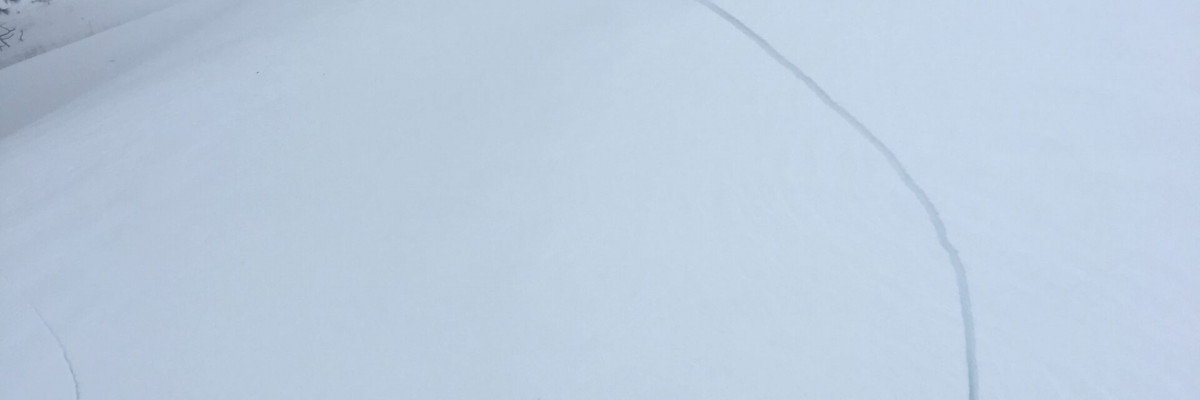The Avalanche warning is terminated. The avalanche danger for the west central Montana backcountry is CONSIDERABLE. Dangerous avalanche conditions are present. Look for the avalanche danger to increase throughout the day, possibly going to HIGH on wind loaded slopes by the afternoon.
Good morning, this is Travis Craft with the West Central Montana Avalanche Center’s avalanche advisory for February 27, 2019. This danger rating does not apply to operating ski areas, expires at midnight tonight and is the sole responsibility of the U.S. Forest Service.
Weather and Snowpack
Mountain temperatures range from 4 F to 16 F in the region. In the Bitterroot winds are 9 mph with gusts of 12 out of the SSE. In the northern part of the advisory area, winds are 7 mph and gusting 21 mph out of the East. Snotels are reporting between .1 and .2 inches of SWE for the last 24 hours.
Yesterday allowed the snowpack to adjust to the weight of the new snow. Winds have loaded leeward slopes.
The primary avalanche problem is wind drifted snow on leeward slopes. Shifting winds have deposited snow in unusual spots. Look for wind slabs on cross-loaded slopes and ridges. Pay attention to slopes at low and mid elevations which have been wind loaded. Identify these slopes and avoid traveling on them. These slabs will be sensitive to human triggers today.
The second problem is persistent slabs. The storm dropped a significant load of snow on our buried weak layers. These layers are guilty until proven innocent. Dig a pit that is 4 feet down and see if buried surface hoar is present and reactive. Look for shooting cracks, natural activity, and collapses; these are clues to instabilities in the snowpack.
The last avalanche problem is storm slabs. The forecast area has received a significant amount of new snow from the last storm. The snowpack is adjusting to the new load. Shooting cracks and natural avalanche activity are red flags of instability. Use small test slopes with low consequences to see how the new snow is bonding to old snow surfaces.
Bottom line: Dangerous avalanche conditions exist today. Avoid traveling on and under wind loaded slopes. New snow will be sensitive to human triggers. Use test slopes and lower angle terrain to check the bonding of new snow to old snow surfaces. Pay attention to changing conditions and look for red flags(shooting cracks, natural avalanche activity, collapsing, and new loading). Dig a pit 4 feet down to check for the dragons lurking(weak layers) in our snowpack. Choose lower angle terrain(less than 30 degrees).
Avalanche and Weather Outlook
Snow today accompanied with wind. See the forecast here. New snow and wind will increase the avalanche danger. Pay attention to changing weather conditions and avalanche conditions. Look for shooting cracks, natural activity, and collapses; these are clues to instabilities in the snowpack. Choose lower angle terrain(less than 30 degrees).
As always, if you make it out, please, feel free to share, what you find on our public observations page.
Ski and ride safe.














